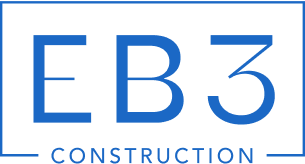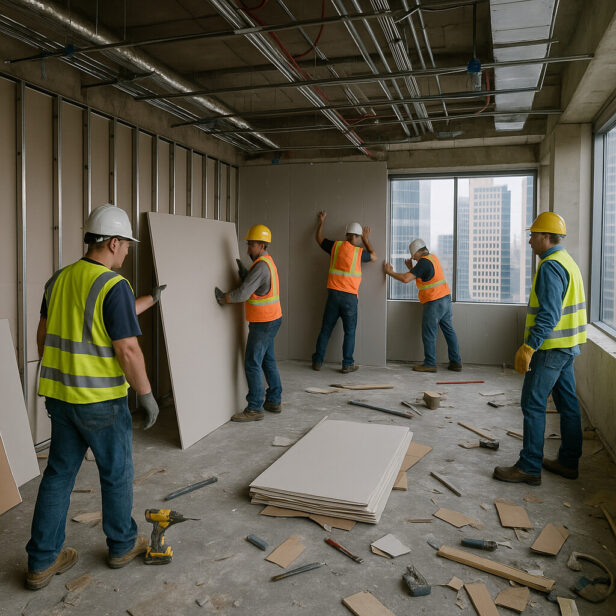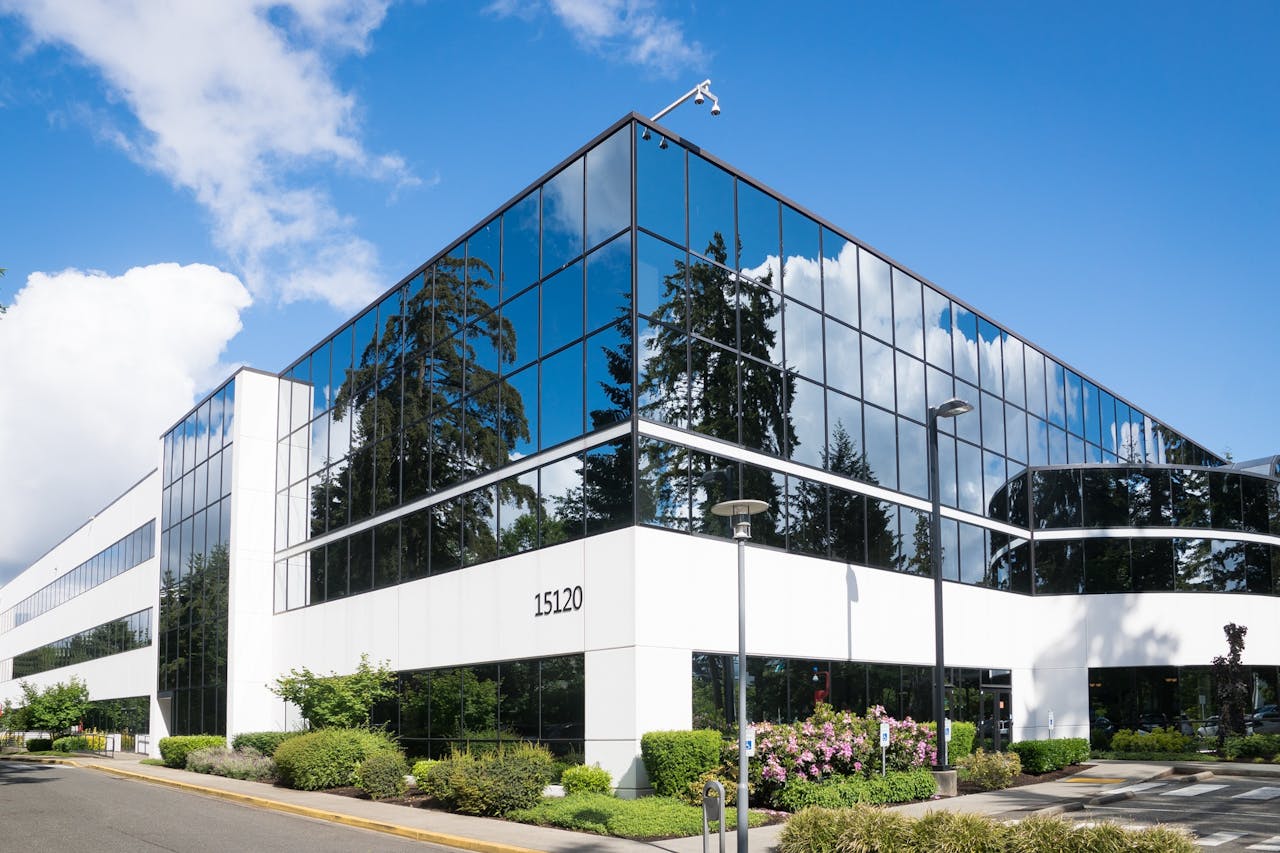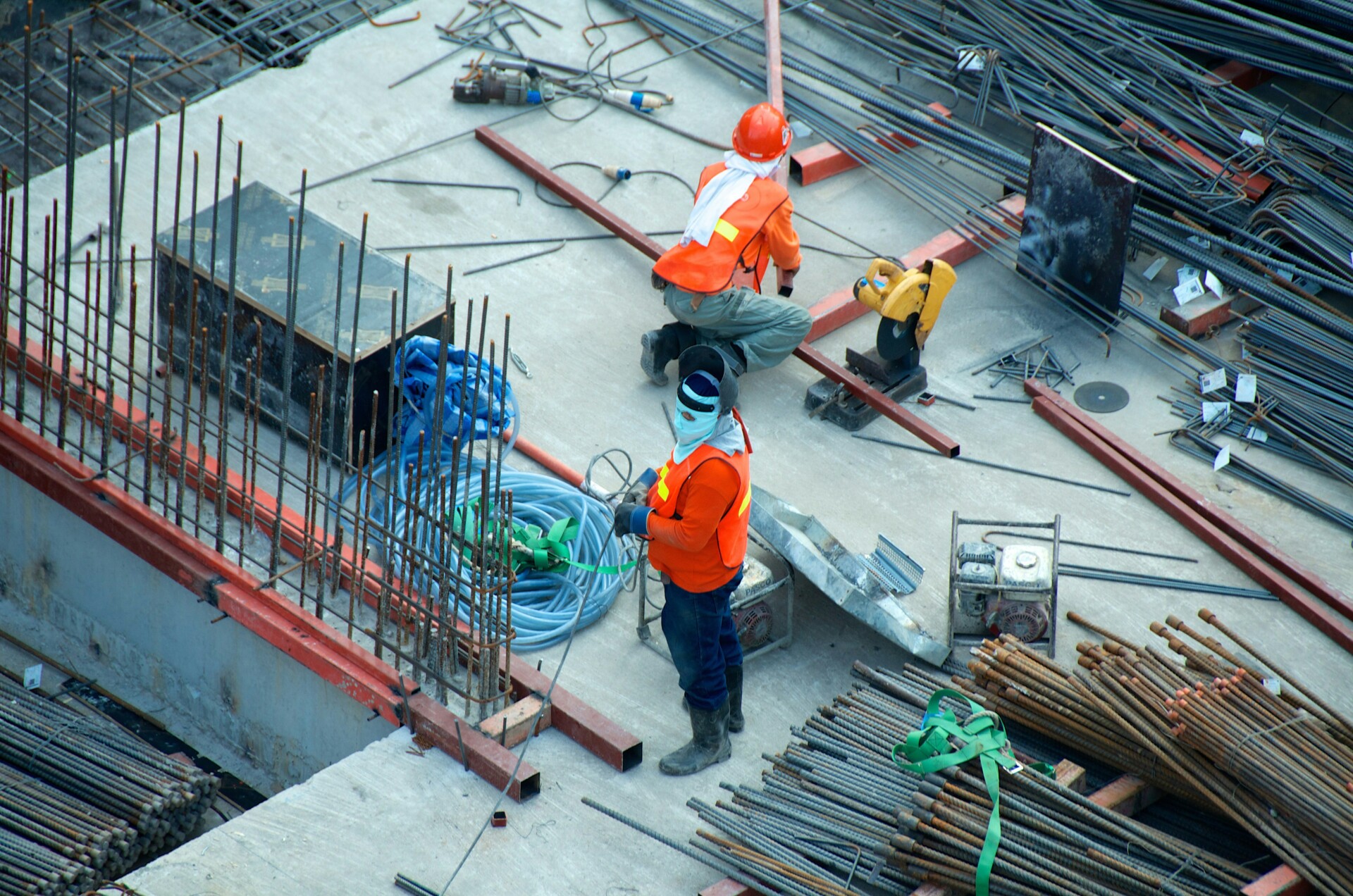In commercial construction, few financial mechanisms impact both property owners and tenants as significantly as Tenant Improvement Allowances. These negotiated funds—commonly called TIAs—represent a landlord’s financial commitment toward customizing raw commercial spaces to meet a tenant’s operational requirements. The dollars-per-square-foot allocation transforms empty shells into functional workspaces tailored to specific business needs.
TIAs serve as crucial bargaining chips during lease negotiations, often determining whether deals progress or stall. With construction costs climbing in the current market, these allowances have become increasingly important for businesses seeking to minimize initial capital outlays. The present supply-demand dynamics in commercial real estate have shifted leverage between parties, making a thorough understanding of TIAs essential for developers and business owners alike.
We often see TIAs cover everything from basic drywall installation and plumbing upgrades to specialized electrical systems and architectural modifications. A tech startup might negotiate for allowances covering data center infrastructure, while a medical office might focus on specialized plumbing and patient areas. The adaptability of TIAs across retail, office, and industrial property types—each with unique modification requirements—is what makes them particularly valuable as we navigate these needs alongside clients.
What Types of Improvements Does a TIA Typically Cover?

As general contractors, we frequently assist developers and property owners with tenant improvement allowances. Distinguishing between covered and non-covered items is essential for accurate budgeting. TIAs typically fund permanent enhancements that become part of the real property, providing lasting value beyond a single tenant’s occupancy.
Improvements Typically Covered by TIAs
When executing tenant build-outs, we first focus on core structural and architectural modifications. These include demolishing or erecting partition walls, reworking floor plans, and installing doorways—all permanent changes that enhance the space’s functional layout.
Mechanical and infrastructure upgrades form another substantial category we manage. HVAC system installations or modifications ensure proper airflow and temperature control. Electrical work, including panel upgrades, outlet installations, and lighting infrastructure, adapts spaces for modern power needs. Plumbing modifications for restrooms, break rooms, or specialized equipment are typically covered when they become permanent fixtures.
The visible finishing elements complete the space transformation. New flooring installation (whether carpet, tile, or hardwood), fresh paint and wall coverings, drop ceilings, and lighting fixtures all qualify when installed as permanent improvements. These elements create the environment tenants need while adding value to the building.
Code compliance is non-negotiable in our construction planning. TIAs routinely cover necessary building modifications for ADA accessibility, fire safety requirements, and other code-mandated upgrades. These include wider doorways, accessible restrooms, fire suppression systems, and emergency exits—improvements that protect both building value and occupant safety.
Legal and Administrative Expenses
Beyond physical construction, TIAs often cover associated soft costs directly related to improvement projects. We coordinate with design professionals whose fees typically qualify, including architectural services, engineering consultants, construction management, and permitting fees. These expenses are essential to project execution and typically fall within allowance parameters.
What TIAs Don’t Cover
We regularly educate clients about expenses that fall outside typical TIA coverage. Movable furniture (desks, chairs, workstations) and removable fixtures aren’t covered since they don’t become part of the real property. Technology installations like computers, printers, and loose IT equipment similarly fall outside TIA parameters.
Branded elements specific to tenant identity—custom signage, decorative features, and company-specific design elements—are typically tenant responsibilities. Operational costs including business equipment, phone systems, and specialized machinery remain tenant expenses regardless of installation permanence.
Finally, indirect expenses like moving costs, business disruption expenses, and temporary accommodations during construction don’t qualify for TIA funding. These costs, while real and significant, don’t contribute to the property’s long-term value enhancement that landlords seek through their TIA investment.
As construction professionals, we help navigate these distinctions, ensuring developers maximize allowances appropriately while planning for out-of-pocket expenses that invariably arise during tenant improvement projects.
How Are Tenant Improvement Allowances Calculated?
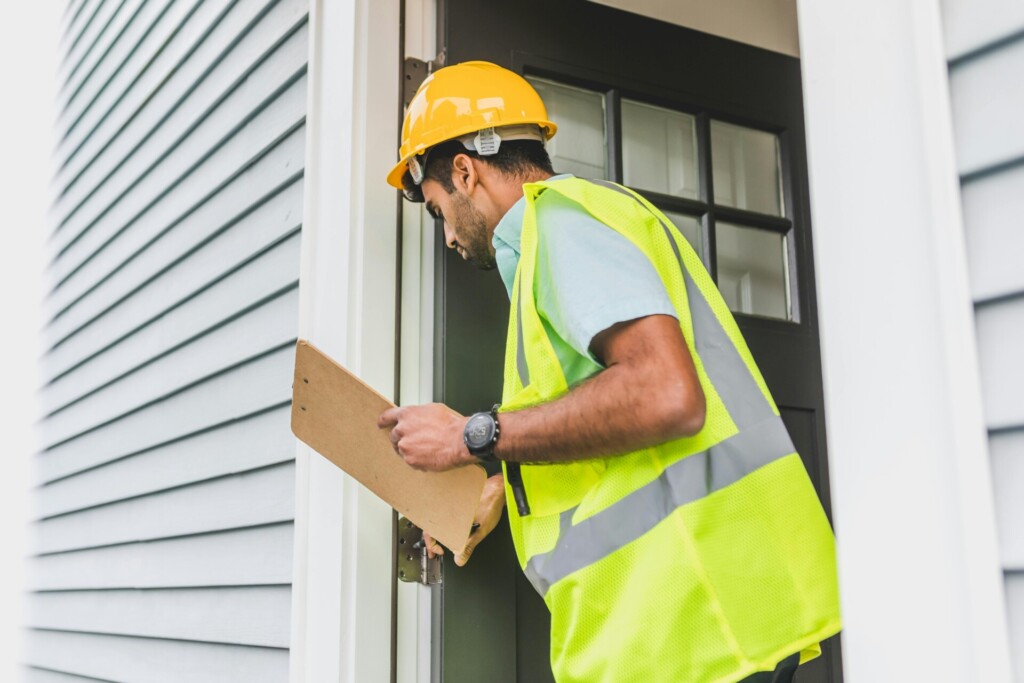
In general contracting, we often manage tenant improvement allowances (TIAs) as part of commercial build-outs. These allowances are essential for transforming raw commercial spaces into functional business environments. When developers or property owners approach us about managing these projects, the first question usually concerns costs and calculations.
TIAs are calculated using a straightforward square footage formula, but the variables within that equation can significantly impact the final numbers. We multiply the negotiated allowance rate by the total square footage of the leased space to determine the overall budget available for improvements.
The Basic Calculation Formula
The formula we use for calculating tenant improvement allowances is simple:
TIA = Allowance per square foot × Rentable square footage
For example, if we’re coordinating a build-out for a 2,500-square-foot retail space with a negotiated TIA of $30 per square foot, the total allowance would be $75,000 (2,500 sf × $30/sf). This calculation provides the cap on what can be spent on improvements before additional costs shift to the tenant’s responsibility.
Regional Variations in Allowance Rates
We’ve observed significant geographical differences in TIA rates across markets. While a reasonable TIA generally falls between $10-$50 per square foot in many markets, prime locations command substantially higher allowances. In major metropolitan areas like Manhattan and San Francisco, we’ve seen TIAs average between $128-$135 per square foot for Class A office spaces.
Meanwhile, in markets like Dallas or Houston, where construction costs are lower, typical allowances range from $30-$50 per square foot. These regional variations reflect not just construction costs, but also the overall real estate market dynamics and demand for commercial space in specific locations.
Factors Influencing TIA Rates
When we negotiate TIAs on behalf of our clients, several factors come into play that can substantially impact the allowance rate:
The prevailing market conditions significantly influence negotiation leverage. In tenant-favorable markets with higher vacancy rates, we can often secure more generous allowances. Conversely, in tight markets where landlords have multiple prospective tenants, allowances tend to be more modest.
Lease term length also plays a crucial role – longer commitments typically justify higher TIAs as they provide landlords with greater return on investment security. A 10-year lease might command double the allowance of a 3-year agreement for the same space. The tenant’s financial strength and credit history similarly affect the landlord’s willingness to invest in improvements.
| Property Type | TI Allowance as % of Annual Rent |
|---|---|
| Office | 5% to 10% |
| Retail | 10% to 20% |
| Industrial | 5% to 10% |
Practical Budgeting Considerations
When managing TIA projects, we help clients understand that the allowance isn’t a direct cash payment but rather a cap on reimbursable expenses. This distinction becomes crucial during the construction planning phase. Any costs exceeding the allowance become the tenant’s responsibility, making accurate budgeting essential.
We recommend clients allocate their TIA budget strategically, focusing first on permanent improvements that add long-term value to the space – elements like electrical upgrades, HVAC modifications, and structural changes. These core improvements typically align with landlords’ priorities for allowance expenditures and provide lasting functionality.
For most commercial spaces, we find that calculating a realistic budget requires looking beyond the base TIA. Additional costs for specialized fixtures, branding elements, and technology infrastructure often fall outside standard allowances. Understanding these potential overages helps prevent mid-project financial surprises.
What Are the Different Structures of Tenant Improvement Allowances?
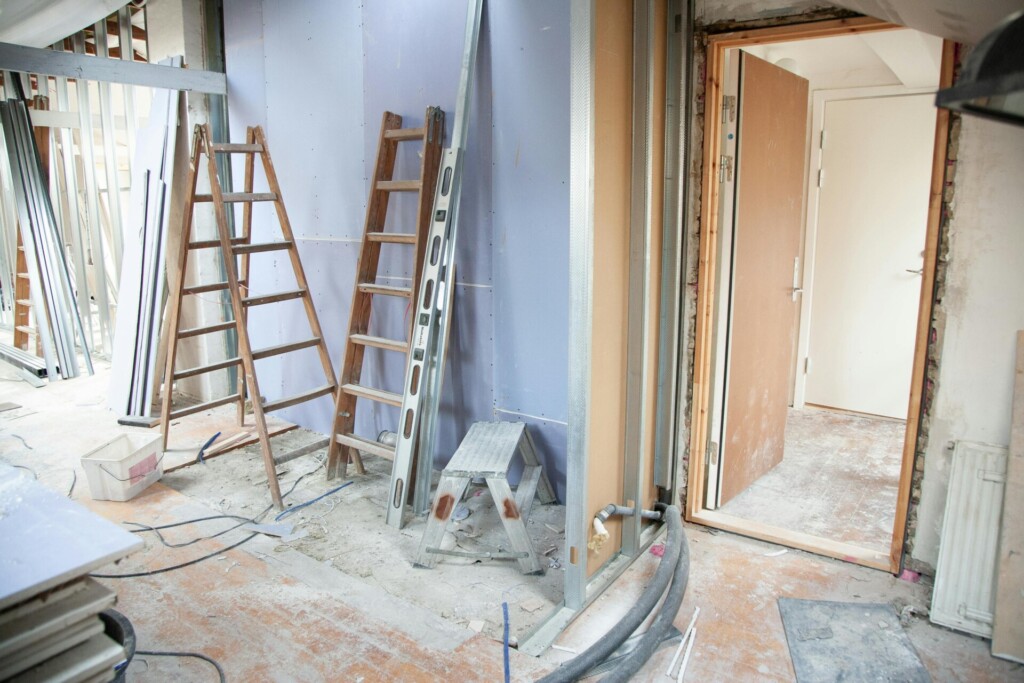
As general contractors working with commercial property owners and developers, we encounter three distinct structures for tenant improvement allowances (TIAs) that distribute control, responsibilities, and risk differently between parties. Each approach creates a unique relationship dynamic during the build-out process, affecting everything from material selection to project timelines.
Turnkey Build-Outs: Landlord-Managed Efficiency
In turnkey arrangements, we operate under the landlord’s direction, managing the entire construction process while the tenant remains largely hands-off. The landlord retains full control over contractor selection, materials, and budget allocation—delivering a space that’s ready for immediate occupancy.
This structure offers tenants a stress-free path to occupancy without the complexities of construction management. For developers who value predictable timelines and clear handoffs, turnkey arrangements minimize tenant-caused delays and scope creep. However, this efficiency comes with trade-offs in customization flexibility and tenant design input.
Turnkey projects work particularly well for standardized spaces or when tenants lack construction management experience. The reduced tenant involvement means faster delivery but less opportunity for specialized features that might enhance operations. As contractors, we often see this approach used effectively in multi-tenant retail environments where consistent build quality is prioritized.
Tenant-Controlled Build-Outs: Maximum Customization
When tenants take the reins on improvement projects, they gain comprehensive control over contractor selection, design decisions, timeline management, and finish selection. This structure gives tenants freedom to create highly customized spaces tailored to specific operational needs and brand aesthetics.
We’ve observed that tenants who choose this path typically have clearer visions for their spaces and often engage more actively throughout the construction process. They can prioritize budget allocations toward elements most critical to their business operations, potentially saving on areas less important to them.
The increased control comes with greater responsibility, however. Tenants must coordinate construction logistics, manage vendor relationships, address code compliance issues, and troubleshoot construction challenges—all requiring significant time investment and expertise. As contractors, we provide support through this process, but ultimately follow the tenant’s direction on project priorities and decisions.
Landlord-Controlled Build-Outs: The Middle Ground
Landlord-controlled build-outs represent a hybrid approach that balances oversight with flexibility. While landlords maintain primary authority over the allowance and general direction, tenants receive more input than in turnkey situations. This middle-ground structure requires careful coordination between all parties to succeed.
Our team often sees this approach when landlords want to maintain quality control and construction oversight while still accommodating tenant-specific requirements. The arrangement typically involves joint selection of materials, finishes, and design elements within landlord-established parameters.
For this structure to work effectively, transparency becomes critical. We encourage tenants to insist on reviewing construction bids, understanding material choices, and maintaining visibility into project costs throughout the process. This collaborative approach reduces surprises and helps align expectations between landlord and tenant.
Practical Considerations for Structure Selection
When determining which TIA structure aligns best with a project’s needs, we consider several practical factors. Timeline requirements often influence structure choice significantly—turnkey build-outs typically offer faster occupancy while tenant-controlled projects may take longer but deliver more customized results. Similarly, budget constraints, tenant construction expertise, and the complexity of desired improvements all factor into the optimal arrangement.
The lease term also impacts structure selection. Longer leases often justify greater tenant control and customization, as the extended occupancy period provides more time to realize the benefits of specialized improvements. With shorter leases, landlords typically prefer maintaining greater control to protect their long-term property interests.
Each structure distributes risk differently between parties. Turnkey arrangements place most construction risk on landlords, while tenant-controlled projects shift more risk to the tenant. Understanding these risk profiles helps all parties enter agreements with clear expectations about responsibilities and potential challenges.
How Can Tenants Negotiate the Best Tenant Improvement Allowance?

Securing the best Tenant Improvement Allowance (TIA) requires calculated strategy and thorough preparation. As general contractors who regularly oversee TI projects, we’ve seen firsthand how a well-negotiated allowance can significantly impact a project’s success. The financial implications often determine whether a project proceeds smoothly or encounters budget constraints midway through construction.
Our approach begins with comprehensive market analysis. We advise clients to gather competitive bids from multiple properties and research prevailing TIA rates specific to their market and property type. Currently, office spaces command $30-$70 per square foot, while industrial spaces typically range from $15-$30 per square foot. Medical facilities often secure the highest allowances—sometimes reaching $100 per square foot—due to their specialized construction requirements.
Leverage Your Lease Term
Lease duration significantly impacts allowance potential. Longer commitments often translate to higher TIAs. A recent client leveraged a ten-year lease to increase their allowance from $35 to $55 per square foot, funding critical HVAC upgrades. When negotiating, we recommend quantifying how each additional lease year might correspond to specific TIA increases.
The current economic climate has shifted bargaining power in many markets. With the rise in commercial vacancies reported by TreppCRE—forecasting over 265 million square feet facing lease expirations in 2025—many landlords are increasingly willing to offer generous TIAs to secure stable, long-term tenants.
Demonstrate Financial Stability
Presenting strong financial credentials during negotiations is crucial. Landlords evaluate risk when determining TIA amounts, and tenants with robust credit histories and proven financial stability typically secure more favorable terms. We prepare our clients to share appropriate financial documentation, revenue projections, and evidence of timely rent payments from previous leases to strengthen their position.
Established businesses with strong financials often receive 15-30% higher allowances than newly-formed companies with limited operational history, even within the same building.
| Property Type | TIA Range ($ per sq. ft.) | TIA as % of Annual Rent |
|---|---|---|
| Office | $30 – $70 | 5% – 10% |
| Retail | $20 – $50 | 10% – 20% |
| Industrial | $15 – $30 | 5% – 10% |
| Medical/Healthcare | $50 – $100 | N/A |
Provide Detailed Cost Documentation
When coordinating TIA planning, we develop itemized breakdowns of anticipated construction costs. This approach demonstrates to landlords exactly how funds will be utilized and substantiates the requested allowance amount. Breaking costs into clear categories—distinguishing between hard costs (construction, HVAC systems, electrical work) and soft costs (architectural fees, permits)—provides transparency that frequently results in higher approved allowances.
Landlords respond favorably to documentation containing professional estimates from reputable contractors and architects. These estimates should include not just base costs but also contingency allocations for unforeseen conditions, particularly in older buildings where hidden issues often emerge once walls are opened.
Negotiate Favorable Disbursement Terms
The timing and structure of TIA payments can significantly impact project cashflow. We advise negotiating phased disbursements that align with construction milestones rather than waiting for completion reimbursement. This approach minimizes the need for extensive upfront capital and reduces financial strain during the build-out process.
When drafting lease language, we recommend clearly defining approval timelines for disbursements to prevent delays. Construction schedules are time-sensitive, and delayed payments can cascade into costly extensions, material price increases, and contractor availability issues. Landlords who understand construction sequencing are often amenable to structuring payments that support efficient project execution.
Explore Alternative Incentives
When TIA increases reach their limit, we identify complementary incentives that can effectively reduce overall project costs. Rent abatement periods provide breathing room during construction and initial operations, allowing tenants to allocate additional capital toward improvements. Another approach involves negotiating turnkey build-outs for standard elements while reserving TIA funds for specialized features unique to the tenant’s operations.
For retailers and restaurants facing significant equipment costs not typically covered by TIAs, we’ve helped negotiate lease structures that include extended rent-free periods specifically earmarked for these purchases—effectively creating an equivalency to a higher TIA without changing the allowance structure itself.
By combining these strategies and maintaining a flexible approach throughout negotiations, we consistently help clients secure TIAs that transform standard commercial spaces into customized environments that support their specific operational needs while minimizing out-of-pocket expenditures.
Conclusion: Maximizing Value from Tenant Improvement Allowances
Approaching tenant improvement allowances (TIAs) involves seeing them as more than just financial provisions in a lease agreement. They represent a strategic opportunity to create spaces that benefit both property owners and tenants. Throughout the commercial construction process, we’ve observed how well-structured TIAs can transform ordinary spaces into customized environments that enhance productivity and increase property values.
In today’s competitive commercial real estate market, with TreppCRE forecasts indicating over 265 million square feet of space facing lease expirations in 2025, negotiating these allowances has become increasingly important. The most successful TIA arrangements share common elements: thorough preparation with detailed cost breakdowns, strategic lease term negotiations, and clear documentation of all improvement specifications. When negotiating with landlords, we bring market knowledge that helps our clients secure allowances that reflect current conditions—whether it’s the $30-70 per square foot common in office spaces or the higher $50-100 range often needed for specialized medical facilities.
We’ve learned that TIAs work best when viewed as investments rather than expenses. For property owners, strategic allowances attract quality tenants and reduce vacancies—particularly important in today’s evolving market. For tenants, a well-negotiated allowance reduces capital expenditure while creating workspaces that support their operational needs and brand identity. The construction process becomes more streamlined when both parties understand exactly what improvements the allowance covers, from essential HVAC and electrical systems to cosmetic finishes that complete the space.
At EB3 Construction, we specialize in bringing tenant improvement projects to life with precision and expertise that maximizes the value of every dollar in your TIA. Contact our team to discuss how we can help you navigate the TIA process and transform your commercial space.
